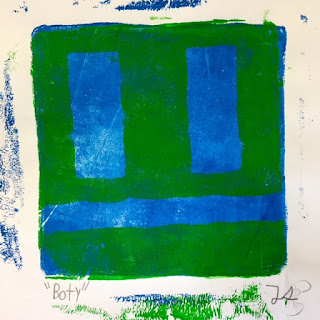






Below are some examples of our monoprints:
 |
| Aiden, 3rd Grade (Stone) |
 |
| Ally, 3rd Grade (Fletcher Nickl) |
 |
| Andrew, 3rd Grade (Monfette) |
 |
| Ariana, 3rd Grade (Fletcher Nickl) |
 |
| Destanie, 3rd Grade (Monfette) |
 |
| Michelle, 3rd Grade (Stone) |
 |
| Pedro, 3rd Grade (Monfette) |
 |
| Priya, 3rd Grade (Monfette) |
 |
| Raffi, 3rd Grade (Monfette) |
 |
| Sam, 3rd Grade (Stone) |
 |
| Sawyer, 3rd Grade (Fletcher Nickl) |
 |
| Tamia, 3rd Grade (Stone) |
 |
| Wendy, 3rd Grade (Stone) |
 |
| Zarisha, 3rd Grade (Monfette) |
 |
| Alina, 3rd Grade (Lutz) |
 |
| Ethan, 3rd Grade (Donato) |
 |
| Evey, 3rd Grade (Lutz) |
 |
| Jimmy, 3rd Grade (Donato) |
 |
| Lamar, 3rd Grade (Lutz) |
 |
| Tatiana, 3rd Grade (Donato) |

